- The University , Education
- 02/02/2024
Better education through BOOST
This is the last year that the funding pot known as the “Advanced Study Funds” (institutional funding available under the student loan system) can be utilized. The government filled this pot with the money that was no longer used for basic grants for students. At TU/e, this money was used to finance the BOOST program, with the aim of renewing education. How successful has this program been so far? Policy makers, teachers and students share their thoughts.
Featured in this longread:
- Ivo Filot on chemistry students' spatial insight
- Maarten Hornikx and Silvin Willemsen on the sound of construction designs
- Leyla Özkan and Will Hendrix on lab experiments from student rooms
- Uwe Matzat on coaching students with Learning Analytics
“BOOST is an educational innovation program at TU/e that was launched in 2019 and will conclude at the end of this year. BOOST is funded through the so-called “advanced study funds”. These funds became available as a result of the abolition of the basic grant for students and with the promise to invest the freed-up money in improving education,” explains Suzanne Groothuijsen of the BOOST project team. “Universities were free to determine for themselves how to use this money to improve the quality of education. TU/e chose to allocate some of this money for educational innovation through the BOOST program.”
Fred Gaasendam is the program manager for BOOST and ensures that the twelve million euros from the Ministry of Education, Culture and Science are well spent at TU/e. The letters stand for “Be the Owner of your Own Study”.
The BOOST program currently comprises 112 projects, all initiated by lecturers. “Lecturers come up with innovative ideas for improving their education themselves and then write an innovation proposal. They are also responsible for the implementation of awarded BOOST pilots,” says Groothuijsen.
One of those lecturers is Ivo Filot, of Chemical Engineering & Chemistry. He has nothing but praise for BOOST. “Some educational institutions used the advanced study funds to build a cafeteria or provide top talents with a scholarship. That’s fine, of course, but TU/e opted for the renewal of teaching methods, which I consider to be more of an in-depth investment. All sub-projects are documented and available to everyone, now and in the future. What I find very important is that this way, the money benefits all students.”
The origin of the funding for BOOST is also the reason why students have a major voice in awarding the funding to educational innovation proposals: all submitted proposals are discussed in the BOOST student sounding board. The advice of this sounding board factors heavily into decisions of the BOOST program committee on allocation of funding.
Student sounding board: “No plan too small, no plan too big”
Ulla Praisa is currently a master’s student in Chemical Engineering & Chemistry and, as a bachelor’s student, was a member of the Department Council. It was there that she discovered her interest in education, and as a student assistant, she was involved in setting up “Introduction to Practical and Inorganic Chemistry”. She was asked to join the student sounding board for BOOST and after completing an exchange in Sweden she got to start. “I like the work. It also gives me a glimpse of how education is organized at other programs, and better yet, how it is being renewed.”
The sounding board, which meets irregularly after one or more proposals are submitted, includes two more students. “There are also supposed to be two student members of the University Council on the board, but those positions are currently vacant.” Praisa has evaluated about seven project proposals so far. “As a starting point, we have two important questions: ‘Is the idea truly new?’ and ‘Does it help students understand the material better or reduce their workload?’. After that, we check whether the plan is well-structured, whether it contains any contradictions and whether the financial outline is in order. Sometimes we ask for clarification or improvement of the proposal.”
Rejection
Praisa and her fellow students are critical. The proposal submitted by Mechanical Engineering for “Development of interactive videos” was rejected “because it did not seem to be something really new that would be more helpful to students in understanding the material than other tools and resources already available within and outside TU/e.”
The above example was a joint assessment of the steering group and the student sounding board. Praisa thinks students focus on different aspects than policy makers. “We want to know how the plan helps students and whether it can be transferred to other departments, whereas Fred Gaasendam and Suzanne Groothuijsen focus more on whether the idea is realistic for the TU/e environment and whether it is feasible in terms of the time frame. They have a better overview.”
Praisa knows that there is still BOOST money available, and she hopes that she will get to evaluate many more proposals this year. “My advice to lecturers: ‘Don’t be afraid to apply.’ No plan is too small, no plan is too big. This is the time to be innovative, especially now that education is changing because of Bachelor College 2.0.”
Ivo Filot: “Without BOOST, this educational tool for chemistry students would not have been realized”
Ivo Filot wants nothing more than for students to be at the helm when it comes to taking in subject matter. He creates tools for them so they can get to work autonomously. He has already developed ten software packages with the BOOST funding. “I didn’t purchase any materials, but was able to pay work hours for two student assistants. Unfortunately, as lecturers, we don’t have that time ourselves.”
Filot has been teaching since 2015 and noticed that a quarter of his students were lacking the spatial insight that is essential when studying chemistry. In order to help them, he wrote the software package Managlyph, open source and independent of any commercial party. “This allows students to visualize three-dimensional structures with stereographic projection. It does require a special pair of glasses, with polarizing plastic lenses or red-cyan anaglyph glasses. I use it in the inorganic chemistry course.”
Point symmetry
Building on Managlyph’s source code, he was able to program Schoenflies. You can think of this as a diagnostic test in which students become skilled at recognizing point symmetry in molecules. “Students are extremely positive about this,” says the lecturer. “They appreciate the fact that the exercise programs are separate from the lectures; they can work with them from home and at their leisure. They tell me so informally, but I’ve also read it in the course evaluations. Sometimes the learning format doesn’t fit their needs, but that’s also a good thing to discover. Everyone is different, which is why I offer various learning methods.” He deliberately does not push his students to use his software as homework. Ideally, students can determine for themselves what they need, is Filot’s philosophy.
Expensive education
“Without BOOST money, this educational innovation would not have been possible,” says Filot. Chemical Engineering & Chemistry is not exactly financially flush, he explains. “We have relatively few students, but expensive labs, chemicals and materials. So our first flow of funds is small. I estimate that twenty percent of the research money we secure in the second and third flows of funds must be used for education. Lecturers who did not apply for and receive BOOST money plan their education on their own time. Without BOOST, I wouldn’t have been able to appoint two student assistants and would have had to invest my time in much-needed research proposals. I got to spend a total of 30,000 euros.” In this final BOOST year, Filot plans to apply for funding for a server that will enable all students to access a supercomputer - from their homes.
Filot swears by open source. Everything is available to other universities and can be adapted. The world is changing, students are changing, and it is important for education to move with the times and situations. Filot’s software can also be adapted within TU/e. “I use it for molecules, but if you use it for a running engine or a laboratory setup, it works too.”
AVR: “We can now listen to construction designs in real-time”
At Built Environment, the majority of students dream of becoming architects and designing beautiful buildings. What most of them do not immediately realize is that the acoustics of a room play a major role. Maarten Hornikx, vice dean and professor of Building Acoustics, wants students to understand the importance of acoustics in their designs. “With VR, they can experience the difference between a room with and a room without sound absorption panels.” An initial BOOST funding made this possible in 2019.
With a second BOOST funding (a total of 200,000 euros), Hornikx was able to appoint postdoc Silvin Willemsen. Willemsen wrote the improved software for Acoustic Virtual Reality (AVR). He factored in sounds from outside and neighbors, made it possible to study spaces with special shapes, and made it so that multiple sound sources could be used simultaneously.
“We used to teach students ways to calculate reverberation - for spaces that are not too complex. We provided rules of thumb for different types of rooms. A gymnasium, a concert hall and a restaurant venue all give different results. But that’s dry subject matter. Students look at a number that is supposed to tell them something about reverberation. Now, they can experience in real-time through headphones what changes when you apply a panel or change a material,” Hornikx says.
Students are offered this tool in three different courses: in the design studio for first-year Building Environment students and in the electives “Acoustic Awareness” and “Sounds good,” which also include students from other departments.
The tool attracted a larger audience during Dutch Design Week. “We gave a demo in a glass container at Ketelhuisplein that drew crowds; people waited in line. We must have had more than a thousand people use the VR goggles that week. It was an insanely popular demo,” says Willemsen.
Filled backpack
Students can now take a backpack filled with headphones, VR goggles and laptop with a powerful processor to the space they want to examine. Willemsen: “For example, in a lecture hall at Auditorium, this allowed students to experience whether they could understand a lecturer better if they inserted panels into the VR program.” Other students tried it out in the Corona Room at Luna, which has a dome in the ceiling.
He adds that students from programs such as Automotive or Industrial Design can also use this set to better understand the acoustics of a truck cab or in a home environment, for example. Borrowing is possible upon request.
Developments in the VR field are progressing rapidly, the gentlemen know. Hornikx expects international interest in the software, which is freely available to everyone. “A point of attention for next year will be whether this program stays up-to-date. How do we continue it? Maybe it’s something a new student team could work on?”
Control engineering: “Lab experiments in your own room, even at night”
For assistant professor Leyla Özkan and lab technician Will Hendrix, the BOOST program came at just the right time. In 2014, their Control System Group (at Electrical Engineering) had already drawn up an initial plan to allow students to remotely operate the controls of a lab setup enabling them to become proficient in control engineering. “That was because we had too many students and too few hours in the workday to offer all of them a chance to practice with controlled systems,” says Özkan, who is in charge of the Process Dynamics and Control course, a service course for the Chemical Engineering & Chemistry program. A prototype remote lab was created that was modified ad hoc as needed, but was far from optimal.
Remote learning
In 2019, Özkan and Hendrix received 186,000 euros from the advanced study funds to enlist software company Wolfpack to make the Remote Labs platform scalable and robust and to build a wider variety of setups. The COVID-19 period proved that this was money well spent. “Our education was ready to enable students to learn remotely.”
The idea is that students can carry out experiments from their own space, at any time of the day, 24/7. There are three different experimentation setups for which they no longer have to come to Flux. With over two hundred first-year Electrical Engineering students, that is a necessity rather than a luxury.
So what can the students do from their attic rooms? For example, keep the water level in three connected water tanks within certain limits. They control pumps and open and close valves while obtaining real-time data on the water level through sensors. A camera allows them to see what happens as they feed different settings into the software.
Other experiments involve keeping a metal ball floating in a magnetic field or controlling the position and speed of a rotating mass coupled to an engine via a flexible shaft.
“Students have the option to choose whether they want to do experiments live, or automated,” Hendrix says. “Students have access to an online calendar where they can see when the setup is available and book a time slot for conducting an experiment. Some experiments can be conducted unsupervised, in which case they can view the results at their convenience.”
Lecturer Özkan does advise students to physically work in the lab at Flux at least once. “It’s good to experience what it sounds like, feels like or smells like to work in a lab.”
Hendrix knows from the course evaluations that students are enthusiastic about the flexibility. “It’s more difficult to provide guidance in the remote lab, but we compensate for that with Teams channels.
Remote Labs can be a godsend for any engineering student who wants to practice control engineering. “We’re in talks with Avans University of Applied Sciences. They’re also setting up Remote Labs and it may be possible for us to let our students use each other’s setups.”
Uwe Matzat: “Now we can better study how students learn”
With 190,000 euros of funding from the BOOST program, Industrial Engineering & Innovation Science researchers have developed a tool that allows lecturers to analyze their students’ learning behavior. To do so, they use the click-stream data generated at Canvas. Associate professor in Human Technology Interaction Uwe Matzat explains why this is innovative.
“If you want to improve student learning behavior, you need to know how those students study. Asking them via surveys provides only snapshots, because you can’t have them fill out a survey every week. Another drawback is that students have to self-assess how they study. In principle, analyzing click behavior allows for continuous monitoring of the learning behavior of all students without having to bother students themselves. Surveys are also useful and necessary, but sometimes much less practical.”
Click behavior can be used, for example, to accurately study changes in learning behavior over time. This can be done on a daily or weekly basis. “It can also point out problems that surveys would never reveal. For example, it is possible to identify students who study very irregularly or students who are very often active late at night. Sometimes students are not aware of these kinds of problems and wouldn’t be able to report anything about them in surveys. And by the time they become aware of them, it is already too late. Feedback on their click behavior can make students aware of these kinds of problems.”
How do you measure that?
Four measurement scales have now been developed which can be used to assess self-organization of learning behavior at different stages. “These are: task definition, formulating and planning learning objectives, execution and learning from mistakes.”
HTI wants to use Learning Analytics to improve blended learning courses. For example, students get to see their own strengths and weaknesses on a dashboard. Such a dashboard also allows you to distribute personalized information that shows students how to improve their learning behavior where necessary.
But this not happening yet, Matzat hastens to say. “We have a Code of Conduct at Learning Analytics. The department has yet to decide who will be allowed to work with the data and in what way. But Learning Analytics will only be used to help students, not to determine grades.”
Expansion
Now that the measurement scales are ready, Matzat wants to expand. “The potential lies in upscaling the tools and applying them to broader areas. First, we want to try it out at IE&IS and if our program director is convinced, he will hopefully spread the word to colleagues in other programs.” Matzat envisions that in the future, every TU/e student will be coached through Learning Analytics.
Future
Program manager Fred Gaasendam was asked what will happen to the money left over from the advanced study funds. “It’s not yet clear whether the new government intends to honor the commitments made by the old one. This makes it difficult to draw up policies for multiple years. However, there is still money left over from previous years and if you submit a plan now and it is approved, the funding for your plan is secured until the end of 2026.”
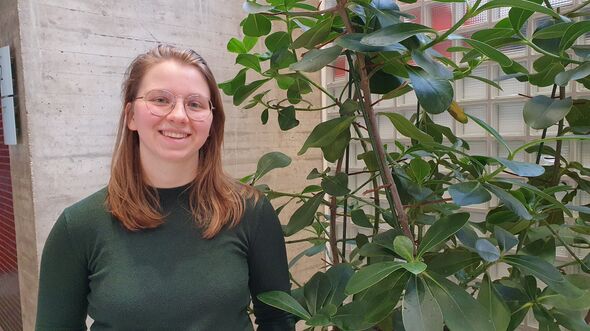
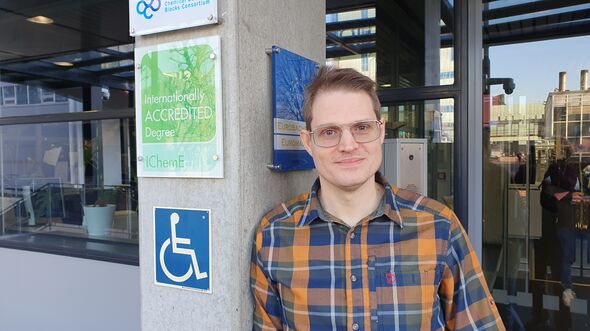
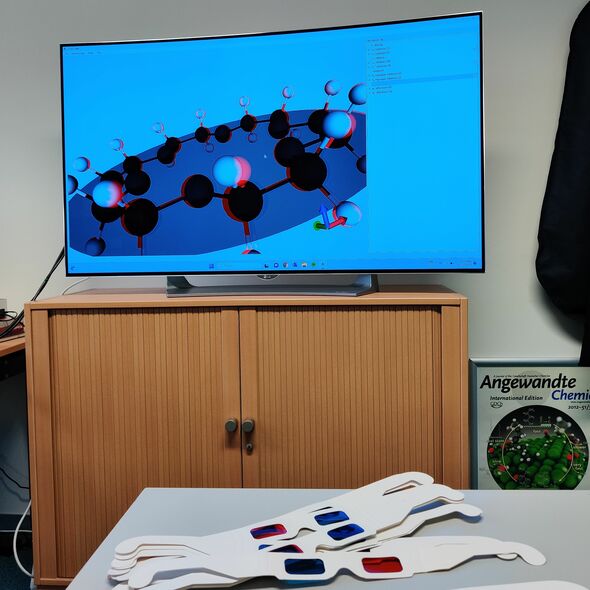
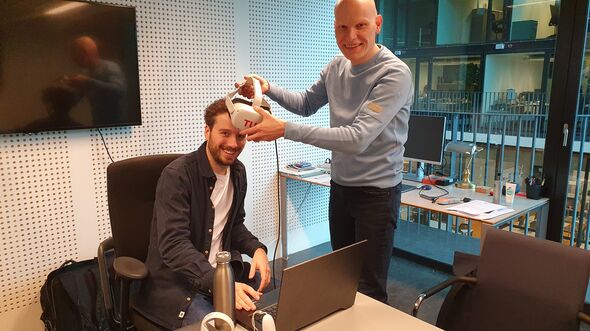
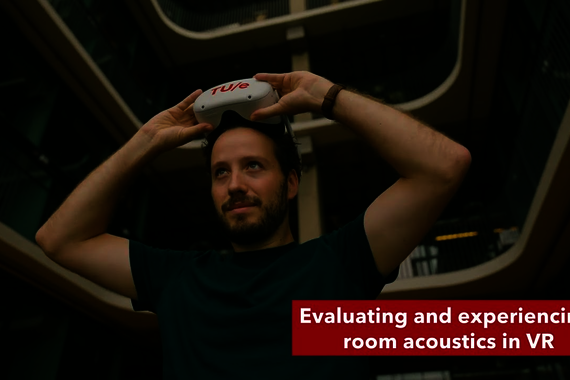
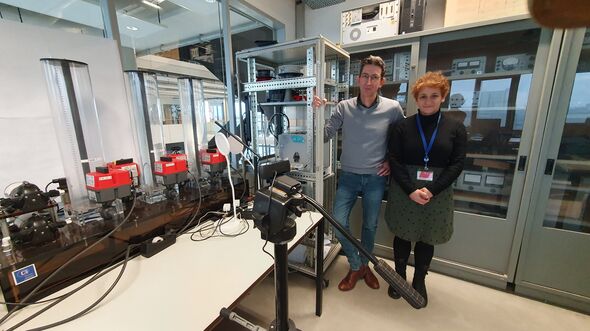
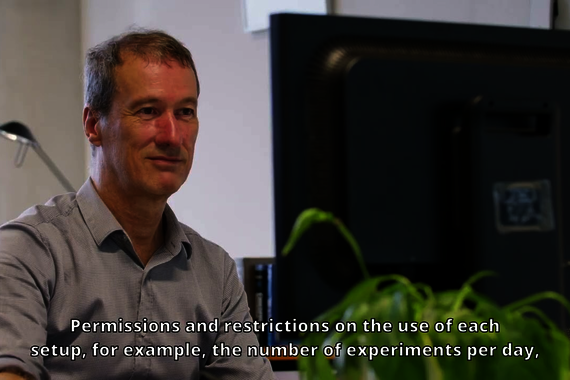
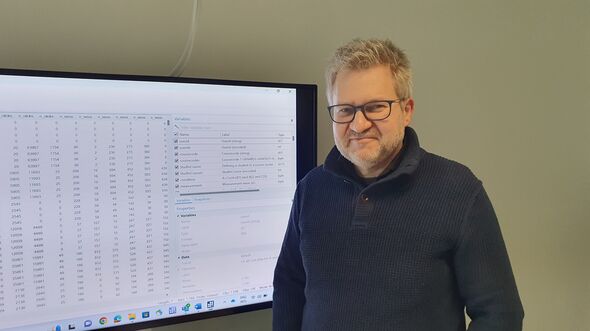
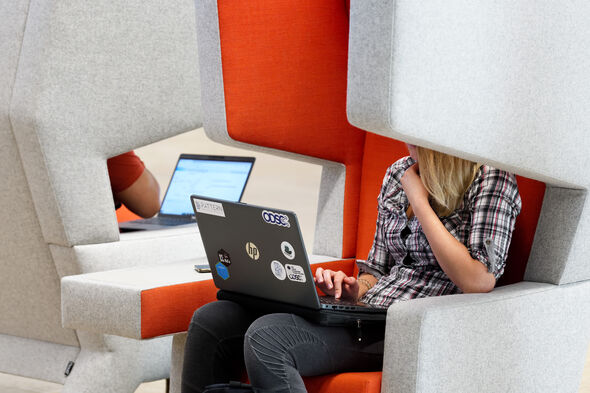
Discussion